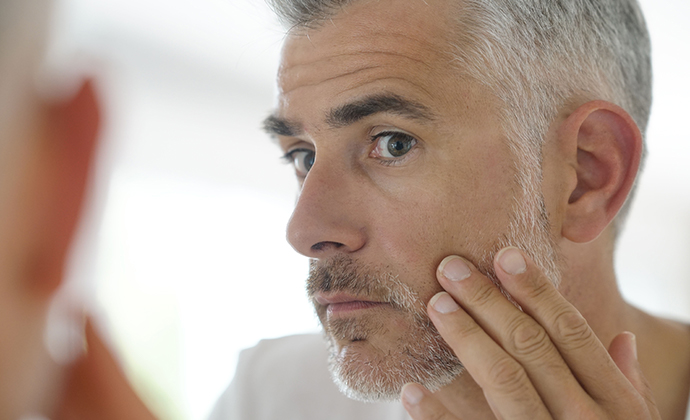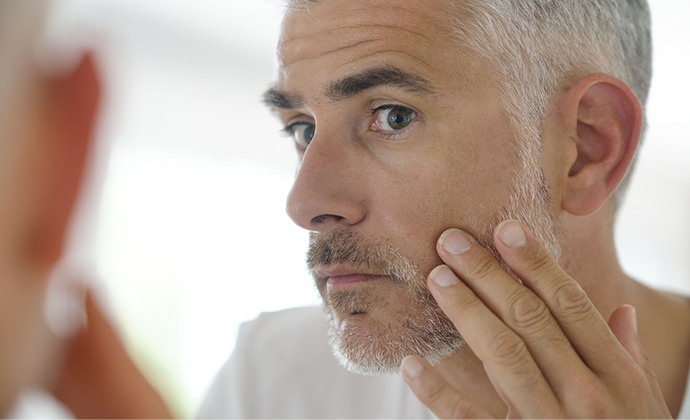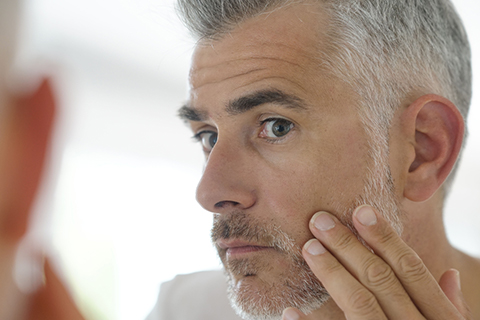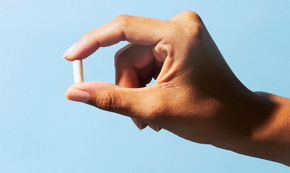Answering the Big Questions about Aging
Few of us question why we age. We want solutions and we want them now. How do we get rid of our grey hairs, treat wrinkles, and ease the pain in our aching joints? While it’s true we haven’t invented a way to time travel (yet), recent research shows the best way to understand what’s happening on the outside is to look within.
Can I stay feeling young even as I age?
There’s no miracle pill that reverses aging. All the common advice we hear about staying physically active, mentally stimulated, and socially engaged is true. And a large body of research indicates that healthy aging is a function of our genetic makeup and staying active.
That said, there’s no single type of activity that’s best for everyone. Exercises like dance, yoga, walking, hiking, running, swimming, and biking are all good. And certain supplements may help with muscle recovery or provide that extra energy boost we need to stay alert or get out of the house. But when it comes to healthy aging, it’s in the action of motion.
Do wrinkles mean I’m aging faster than somebody without them?
Aging of the skin has a great deal to do with our environment, which is why most dermatologists and skin experts recommend moisturizing and staying out of the sun. Skin wrinkles are caused by changes to the layers of the skin and a decreased quality of those cells.
A review published in the Journal of Investigative Dermatology Symposium Proceedings suggests that a type of skin cell called keratinocytes are to blame for wrinkles.
In another review published in Mechanisms of Ageing and Development, collagen proteins are to blame.
Either way, there is no evidence to support that skin aging happens at the same rate as the rest of our body’s tissues, but there isn’t much recent work done yet in this area.
Why do we age at all?
A review published in the journal, Cell, identified several hallmarks of aging. If we can understand how they all relate to one another and what they have in common, it could help us improve the way we age. Here are three key hallmarks:
Telomeres.
If you follow the science around healthy aging, you’ve probably heard of telomeres. These tiny regions protect the ends of our DNA from damage. They function like little caps. But as noted by Maria A. Blasco, telomeres get old like the rest of our DNA.
A study published in Nature Cell Biology suggests that as telomeres get old they start to degrade, decline, or take on harmful behaviors.
A.M. Olovnikov theorizes our cells can only survive for as long as telomeres allow them to.
Oxidative damage.
Most of the energy our bodies produce depends on oxygen consumption in our mitochondria. But this energy is not without cost. Michael P. Murphy concludes that these reactions also create what’s known as reactive oxygen species, which can damage our cells and tissues.
Genomic instability.
This aging hallmark is common in every organism. A review published in Ageing Research Reviews suggests that it’s a result of accumulated DNA damage from years of cells dividing and being exposed to environmental factors.
Our innate ability to replicate and repair DNA is remarkable, but sometimes that damage goes unnoticed and gets passed onto new cells. This creates an imbalance, or genomic instability. But it’s our ability to protect DNA in the first place, before it replicates, that keeps our cells working well and helps prevent health problems.
Do we really start to die the second we’re born?
Nobody really knows for sure when we begin to age. One study published in the PLOS One reported that decline in cognitive function becomes noticeable in our early twenties, suggesting it may begin even earlier than that.
Another measuring point is what the scientific community refers to as biological maturity, which happens after puberty. That’s when our bodies have completed our development into adults, and may begin to age.
Most of the hallmarks of aging aren’t even measurable until mid-life or after. This isn’t to say there aren’t changes happening at a molecular level. But until a certain point, those changes go unnoticed.
Is there a better way to age?
It’s pretty clear now a certain molecule that is crucial to our health, also declines as we age. This molecule, known as NAD+ (nicotinamide adenine dinucleotide), is one of the few compounds that connects all of these hallmarks of aging. NAD+ is not only required for things like controlling reactive oxygen species, but also promoting telomere function and genomic stability.
In 2004, Charles Brenner—our Chief Scientific Advisor—discovered nicotinamide riboside as a vitamin that increases NAD+. He later discovered this vitamin encouraged NAD+ to continue promoting telomere function and genome stability, which extended lifespan in yeast. It stands to reason that maintaining youthful NAD+ levels may also help us maintain that youthful resiliency as we age.
Related Posts
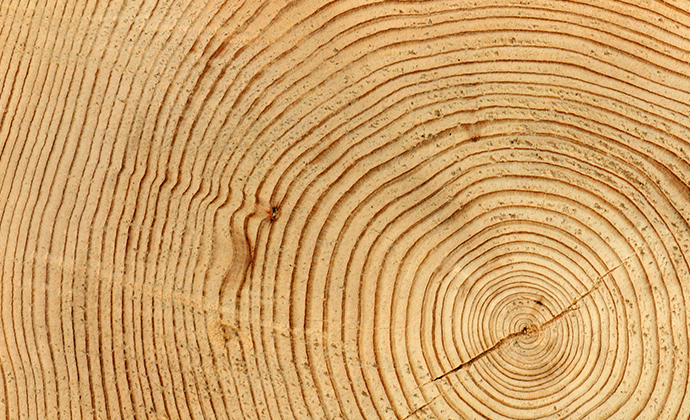
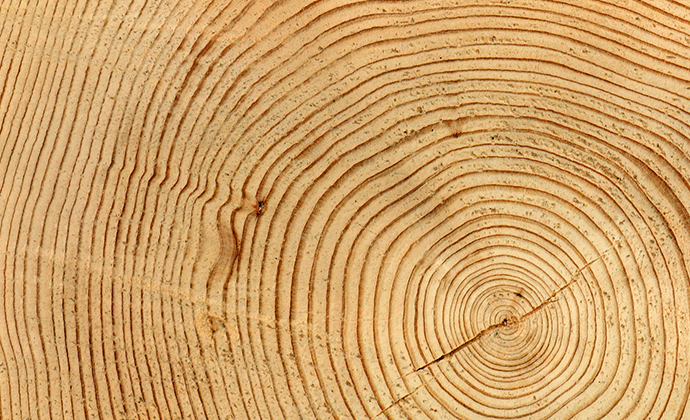
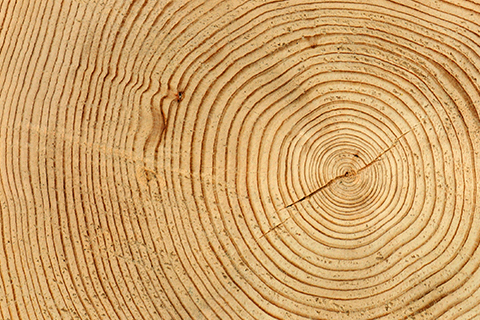
Is Nicotinamide Riboside Really an Anti-Aging Supplement?

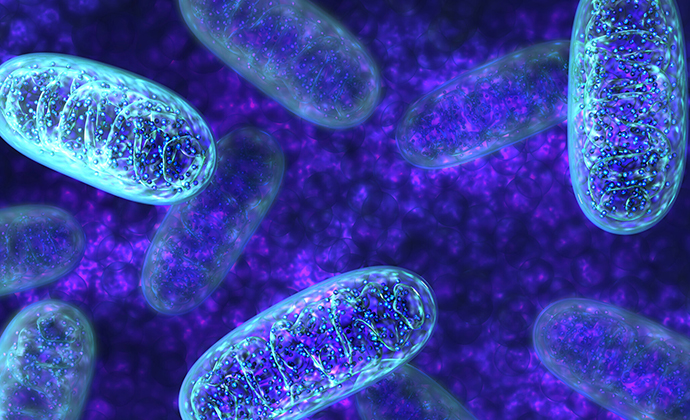

Mitochondria - The Powerhouse of the Cell
